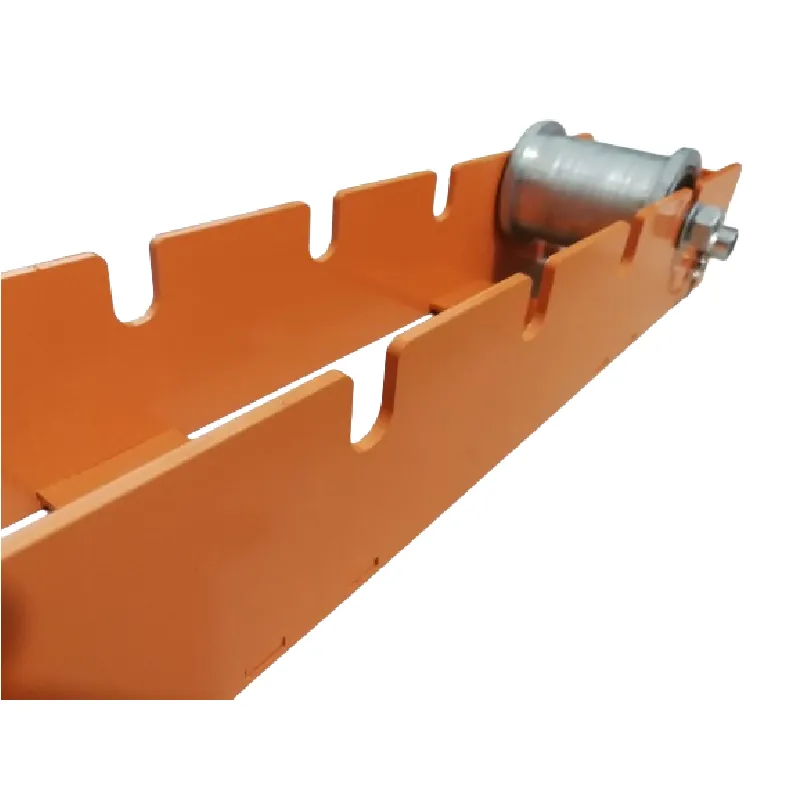
-
 Afrikaans
Afrikaans -
 Albanian
Albanian -
 Amharic
Amharic -
 Arabic
Arabic -
 Armenian
Armenian -
 Azerbaijani
Azerbaijani -
 Basque
Basque -
 Belarusian
Belarusian -
 Bengali
Bengali -
 Bosnian
Bosnian -
 Bulgarian
Bulgarian -
 Catalan
Catalan -
 Cebuano
Cebuano -
 Corsican
Corsican -
 Croatian
Croatian -
 Czech
Czech -
 Danish
Danish -
 Dutch
Dutch -
 English
English -
 Esperanto
Esperanto -
 Estonian
Estonian -
 Finnish
Finnish -
 French
French -
 Frisian
Frisian -
 Galician
Galician -
 Georgian
Georgian -
 German
German -
 Greek
Greek -
 Gujarati
Gujarati -
 Haitian Creole
Haitian Creole -
 hausa
hausa -
 hawaiian
hawaiian -
 Hebrew
Hebrew -
 Hindi
Hindi -
 Miao
Miao -
 Hungarian
Hungarian -
 Icelandic
Icelandic -
 igbo
igbo -
 Indonesian
Indonesian -
 irish
irish -
 Italian
Italian -
 Japanese
Japanese -
 Javanese
Javanese -
 Kannada
Kannada -
 kazakh
kazakh -
 Khmer
Khmer -
 Rwandese
Rwandese -
 Korean
Korean -
 Kurdish
Kurdish -
 Kyrgyz
Kyrgyz -
 Lao
Lao -
 Latin
Latin -
 Latvian
Latvian -
 Lithuanian
Lithuanian -
 Luxembourgish
Luxembourgish -
 Macedonian
Macedonian -
 Malgashi
Malgashi -
 Malay
Malay -
 Malayalam
Malayalam -
 Maltese
Maltese -
 Maori
Maori -
 Marathi
Marathi -
 Mongolian
Mongolian -
 Myanmar
Myanmar -
 Nepali
Nepali -
 Norwegian
Norwegian -
 Norwegian
Norwegian -
 Occitan
Occitan -
 Pashto
Pashto -
 Persian
Persian -
 Polish
Polish -
 Portuguese
Portuguese -
 Punjabi
Punjabi -
 Romanian
Romanian -
 Russian
Russian -
 Samoan
Samoan -
 Scottish Gaelic
Scottish Gaelic -
 Serbian
Serbian -
 Sesotho
Sesotho -
 Shona
Shona -
 Sindhi
Sindhi -
 Sinhala
Sinhala -
 Slovak
Slovak -
 Slovenian
Slovenian -
 Somali
Somali -
 Spanish
Spanish -
 Sundanese
Sundanese -
 Swahili
Swahili -
 Swedish
Swedish -
 Tagalog
Tagalog -
 Tajik
Tajik -
 Tamil
Tamil -
 Tatar
Tatar -
 Telugu
Telugu -
 Thai
Thai -
 Turkish
Turkish -
 Turkmen
Turkmen -
 Ukrainian
Ukrainian -
 Urdu
Urdu -
 Uighur
Uighur -
 Uzbek
Uzbek -
 Vietnamese
Vietnamese -
 Welsh
Welsh -
 Bantu
Bantu -
 Yiddish
Yiddish -
 Yoruba
Yoruba -
 Zulu
Zulu


Dec . 24, 2024 09:47 Back to list
Grounding Requirements for Portable Generators Essential Rod Information for Safe Operation
Understanding Ground Rod Requirements for Portable Generators
When utilizing a portable generator, ensuring safety and compliance with electrical codes is paramount. One crucial element in this endeavor is the grounding system, particularly the use of ground rods. Grounding is essential to prevent electrical shocks, protect equipment, and provide a safe operational environment. This article will explore the importance of ground rods for portable generators, their requirements, and how to properly install them.
Importance of Grounding
Grounding is the process of connecting electrical equipment to the earth. It provides a path for electrical faults to safely dissipate into the ground, minimizing the risk of electrical shock and equipment damage. For portable generators, which can frequently be moved and used in various locations, proper grounding becomes even more critical.
Ground Rod Requirements
The National Electrical Code (NEC) in the United States provides guidelines for grounding portable generators. According to NEC, any generator that operates in a location where there is a potential for electrical hazards must be grounded through a ground rod.
1. Type of Ground Rod Typically, a ground rod used for grounding a generator must be made of copper or galvanized steel. The rod should be at least 8 feet long and have a diameter of 5/8 inches. The length and material ensure adequate conductivity and resistance against corrosion.
2. Installation Depth A ground rod must be driven into the ground to a minimum depth of 8 feet. However, if the soil conditions are poor or rocky, additional length may be required to achieve proper grounding.
3. Resistance Level To ensure effective grounding, the resistance of the grounding system should not exceed 25 ohms. Measurements can be taken using a grounding resistance meter, helping to ensure that the grounding rod is functional.
ground rod required for portable generator

4. Location The placement of the ground rod is essential. It should be installed in a location where it can easily contact the earth and away from areas prone to flooding or pooling water. Additionally, multiple ground rods may be required for larger generators.
Installation Process
Installing a ground rod for a portable generator involves several steps
1. Select the Spot Choose a location that is accessible yet secure, away from potential hazards. Make sure the area is free of obstructions that could impede the installation process.
2. Driving the Rod Use a hammer or a mechanical driver to pound the ground rod vertically into the ground. If the ground is particularly hard, you may need to soak the area with water or use a ground rod driver attachment on a power tool.
3. Connecting the Ground Wire Once the rod is installed, connect a copper wire (typically 6 AWG) to the ground rod using a ground clamp. Ensure the connection is tight to prevent any disconnections during operation.
4. Connecting to the Generator The other end of the ground wire should be connected to the generator’s grounding terminal. This usually involves loosening the terminal screw, inserting the wire, and re-tightening the screw.
Conclusion
Using a ground rod to safely ground a portable generator is not just a recommendation; it’s a necessity. Following the NEC guidelines for ground rod installation and ensuring proper grounding practices will enhance the safety and functionality of your generator. By understanding and adhering to these requirements, users can mitigate the risks associated with generator use, ensuring a reliable and safe power supply. If in doubt, consulting a qualified electrician can help clarify local codes and provide guidance tailored to individual circumstances. Remember, safety first—always ground your generator properly!
Latest news
What Are Construction Tools and How Are They Used?
NewsJul.11,2025
Professional-Grade Duct Rodding Tools for Superior Cable Installation
NewsJul.11,2025
Enhancing Safety and Efficiency with Modern Hot Stick Solutions
NewsJul.11,2025
Empowering Cable Installation with Advanced Rodder Solutions
NewsJul.11,2025
Elevate Your Cable Installation Projects with Cable Pulling Tools
NewsJul.11,2025
Efficient Cable Handling Solutions: Cable Rollers for Sale
NewsJul.11,2025











